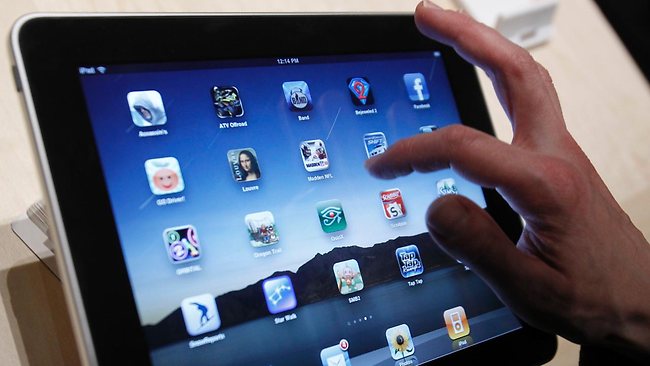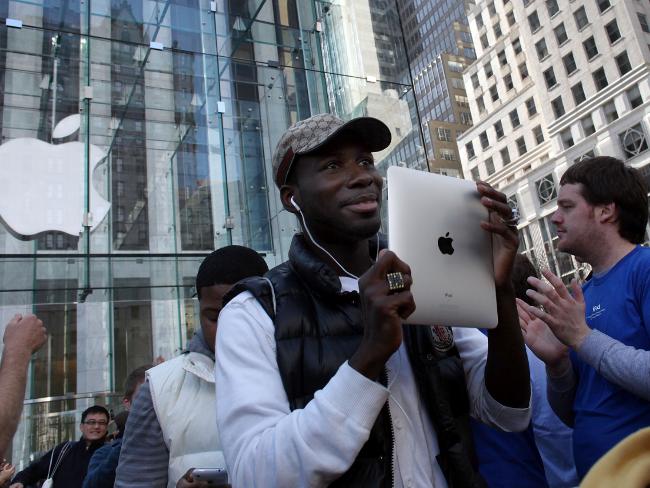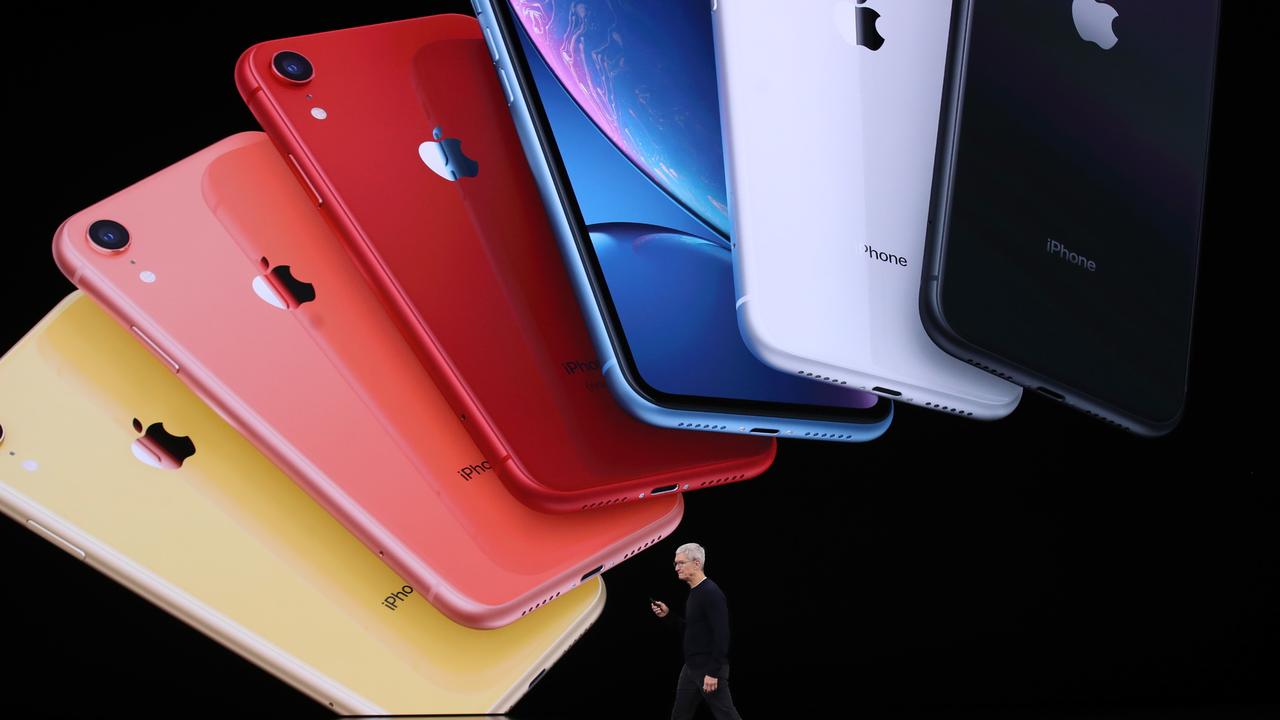IPad review: Is it as magical as Steve Jobs promised?
The iPad isn't as magical as Steve Jobs promised, but it's still the leader of the pack writes reviewer Jennifer Dudley-Nicholson.

IT'S SHINY, black, a little on the heavy side, and it really does look like a digital photo frame until you turn it on.
It also singlehandedly filled Apple Stores across America on Easter Saturday.
But is the iPad “magical” and “revolutionary” as chief executive Steve Jobs promised? We fought through New York’s Fifth Avenue crowds to procure one and find out.
Click here to see the Top 10 iPad pros and cons
It might look bland without power, like a monster’s iPhone, but the iPad feels substantial. Its brushed metal back is curved, making it easy to hold and set down, and it’s nicely weighted, even if it is too heavy for one hand.
The iPad also lacks many external controls: there are only four buttons, including a home button on its face.
Everything else must be controlled with your fingers and that bright, 9.7-inch screen that looks even better in person.
Like all iProducts, you must sync it to a computer before using it, and it will then add old music, movies or apps to your new gadget, if you can stand the wait.
Most regular iPhone apps work on the iPad, but they look ridiculously small, like the Mona Lisa on a billboard. An icon lets you magnify iPhone apps to iPad size, but the results are often blurry.
Thankfully, some new iPad-made apps fill the large screen in crisp focus.
The limited number of iPad apps so far include Scrabble, Tweetdeck, Time Magazine and Real Racing HD, an Australian-made iPad game that is already the sixth most popular title. Most iPad apps are more expensive than their smaller counterparts, though some are free.
Apple also made important app additions of its own, shrinking its iWork document, spreadsheet and presentation programs to iPad size. Each is available in the iTunes store for $US10 and turns the entertainment device into one for business too.
The only hurdle to making the iPad a work machine is then its on-screen keyboard that, sadly, will make a hunt-and-pecker out of any touch typist.
Without touch feedback and with some slight delays, the iPad’s keyboard is not suited to creating documents. For that you’ll need the add-on keyboard, and its delivery has been delayed.
Apple is also branching into the e-books for the iPad with its new iBookstore. Titles are available through the iBooks app and show your downloaded novels on a virtual shelf, ripe for reading.
Most iBooks cost $US12.99 or $US9.99, and readers can virtually flick through their pages with the sweep of a finger.
Amazon Kindle fans can also import older purchases to the iPad via a free app, so e-book fans don’t have to pick a side.
Another fantastic use of the iPad is for screening photos and videos. A new Photos application groups your digital images, and lets you flick from shot to shot, or set up a slideshow.
Likewise, it screens video at the touch of a finger and will play movies for more than 10 hours: enough for the iPad to rival some in-plane entertainment systems.
Of course, the iPad has shortcomings. There is no camera on it, you’ll need a big handbag or backpack to carry it, it doesn’t support Flash so it won’t display all websites, and it won’t let you use more than one program at once.
Its onscreen keyboard is not designed for speed, and those iPad apps will set you back a lot more than those of the iPhone variety.
More Coverage
For some gadgeteers, these omissions and failings will be dealbreakers. Some will hold out until a better version comes along.
But the iPad is more than the sum of its hardware. Ultimately, this and any tablet computer is only as good as the quality of its content and how well that is delivered.
So far, the iPad is a clear leader in mobile content and the tablet revolution. It’s not magical, but it is highly entertaining.




